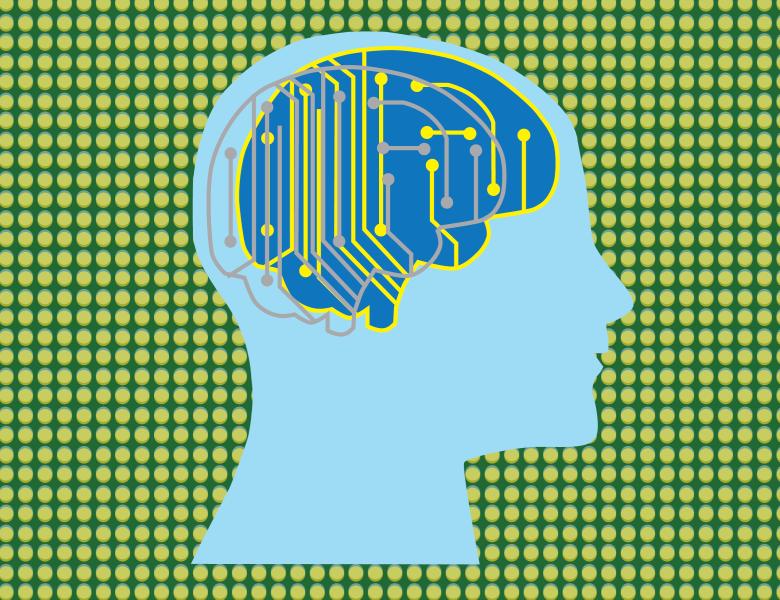
Abstract
Neuromechanical principles define the properties and problems that shape motor decisions and strategies for motor control. Neural mechanisms must act through the complex biomechanics of the body and the environment to generate motor behaviors. Of equal importance, neuromechanical interactions define whether and how neural signals can influence motor function, and can reveal seemingly paradoxical relationships between neural signals and body movements. There are no one-to-one relationships between neural signals and biomechanical variables: biomechanical properties determine whether neural signals simply excite the natural dynamics of the system, in which case variability has little effect on motor output, or whether neural signals must be precisely controlled to achieve the correct motor function. Our ability to “read’ the neural motor code is thus intimately entwined with decoding the physical dynamics of the system receiving the neural signals.
I will review neural activity is transformed into motor output over multiple scales of neuromechanical interactions, including sensory feedback. I will also present arguments for consistent structures in motor patterns, i.e., motor modules, that are neuromechanical solutions for movement that are particular to an individual and shaped by evolutionary, developmental, and learning processes. Moreover, both individual differences and trial by trial adaptation of these structures reflect higher, task-level modulation of motor goals. As such, different aspects of the modular structure of neuromotor output may be attributable to neural computations at different levels of the nervous system.


